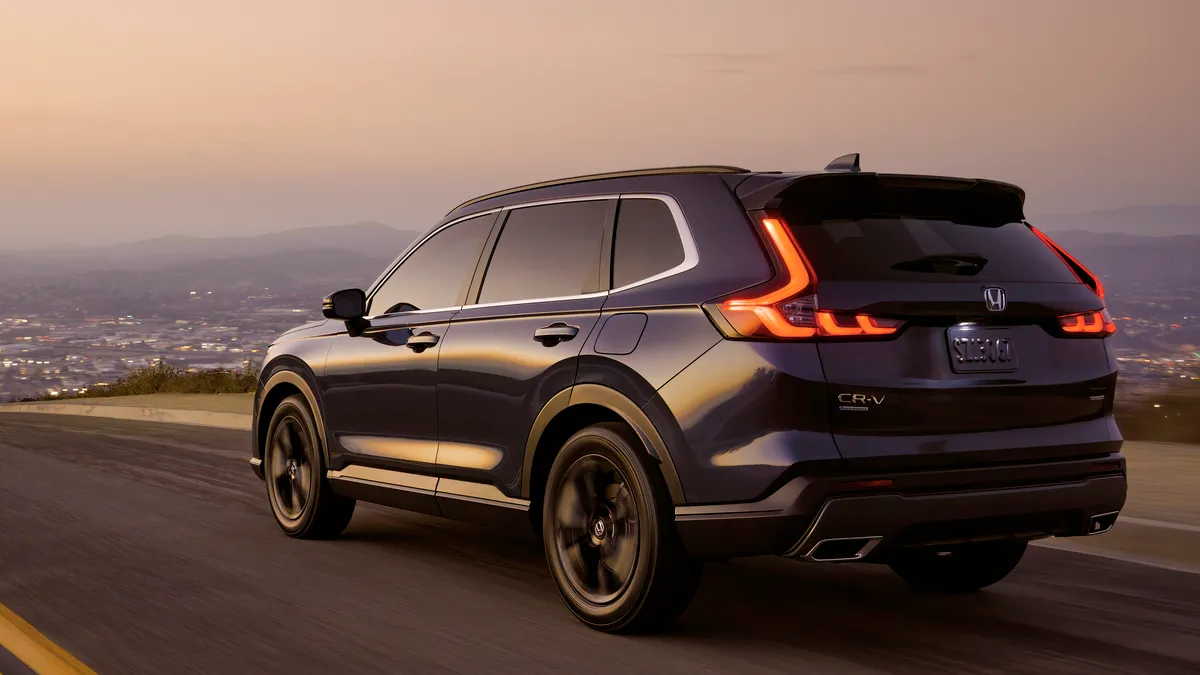Honda Motor Co.’s decision to ramp up electrical vehicle production in the U.S. could influence the automaker’s overall North American production strategy as it seeks ways to avert import tariffs proposed by President-elect Donald Trump.
While executives with the automaker acknowledged Trump’s reelection could curtail U.S. EV tax credits, the company remains committed to retooling its Ohio manufacturing sites for EV production to support U.S. sales.
Shinji Aoyama, Honda EVP and representative executive officer, said during the company’s Q3 earnings call with analysts Nov. 6 that converting its Ohio sites for electrification was a long-term decision made to improve the automaker’s position in the North American EV marketplace.
But Honda also views its U.S. investments as flexible, allowing it to adapt to market conditions, Aoyama said.
“Therefore, the impact on the investment plans, the presidential election will have no impact on us,” he said.
However, Honda, like other automakers, also is pondering what to do about manufacturing operations in Mexico should Trump follow through on imposing a blanket 10% tariff on all products entering the U.S. as he discussed during the campaign.
Aoyama said Honda produces about 200,000 vehicles in Mexico annually, of which about 80% or 160,000 are sold in the U.S.
Vehicles scheduled to be built in Mexico for shipping into the U.S in 2025 would be subject to any new tariffs imposed by the Trump administration, Aoyama said, describing the situation as an area “requiring some actions because we cannot relocate production sites all of a sudden.”
He recognizes Honda and its competitors face a similar problem, but believes implementation of new policies would take time, creating opportunities for negotiations.
“I wouldn’t think that the tariff will be imposed soon,” Aoyama said. Though eventually it could lead to production shifts where manufactured goods were not subject to U.S. tariffs, he added.
For now, Honda, like many manufacturers with operations in Mexico hoping to capitalize on the nearshoring wave, awaits action from the incoming administration.
“We have to see what happens and what we can do,” Aoyama said.
















